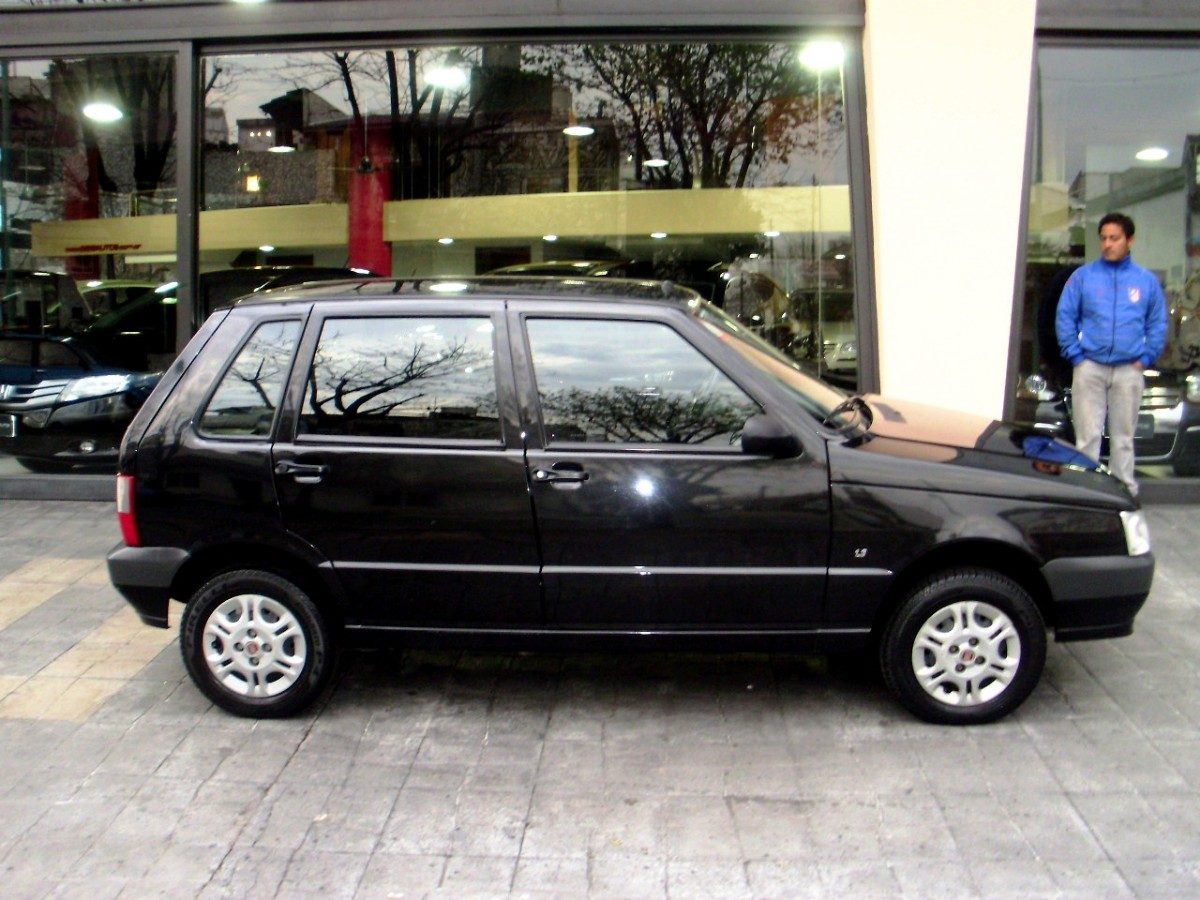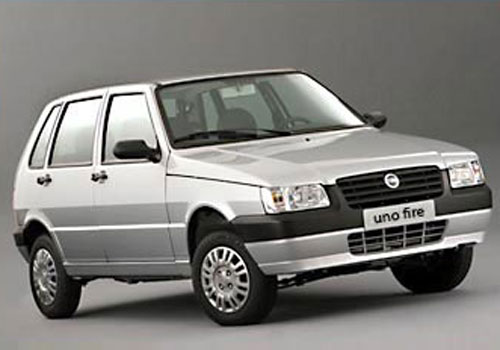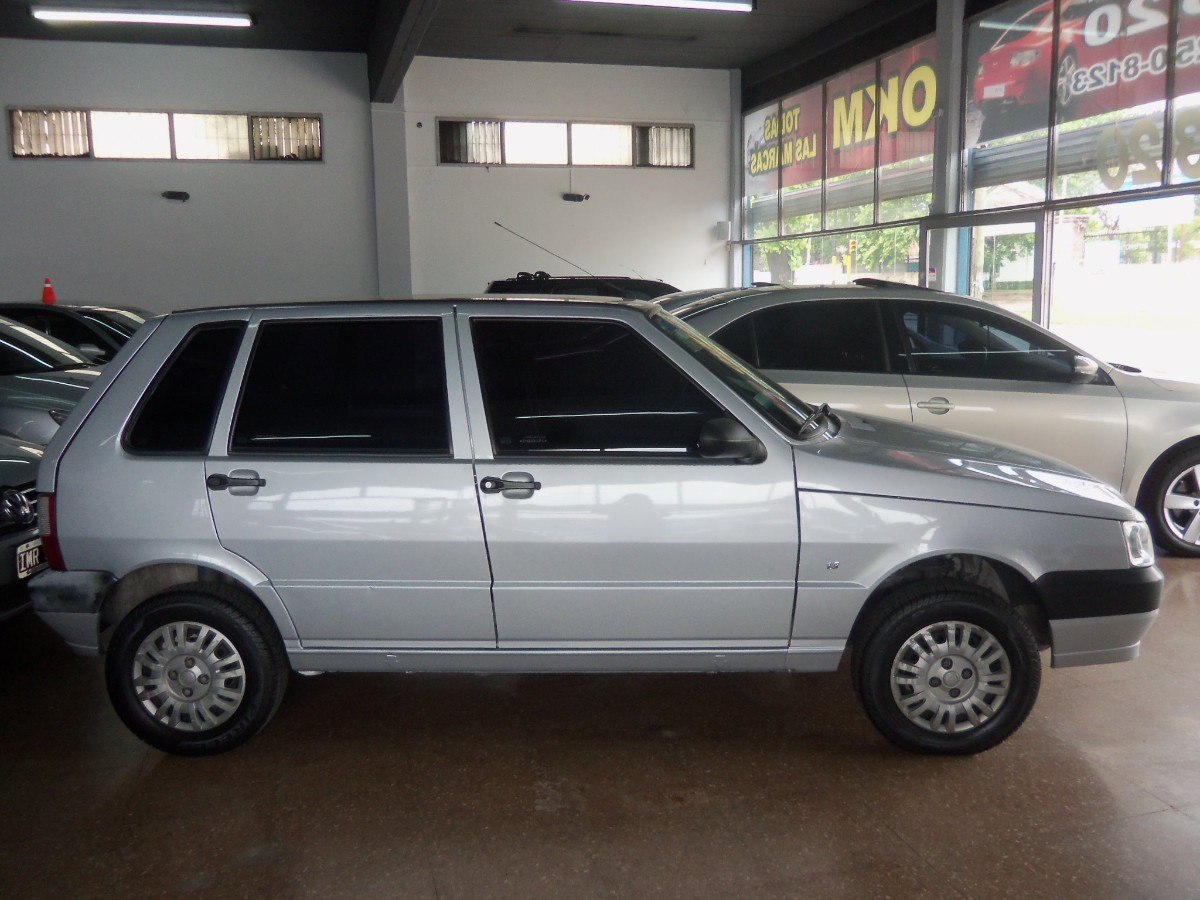Everything You Need to Know About the Fiat Uno Fire 1.3
The Fiat Uno, a name synonymous with affordability and practicality, has traversed the globe for decades, leaving its mark on various markets. Within its extensive lineage, the “Fire” engine series stands out for its simplicity and fuel efficiency. This article delves into the specifics of the Fiat Uno Fire 1.3, providing a comprehensive overview for potential buyers, enthusiasts, and anyone curious about this compact classic.
A Brief History of the Fiat Uno and the Fire Engine
Before we dive into the 1.3-liter Fire engine, let’s briefly touch on the Uno’s legacy. Launched in 1983, the Fiat Uno was designed to be a modern and efficient small car. It quickly gained popularity for its space-saving design, economical running costs, and ease of maneuverability. The Fire (Fully Integrated Robotised Engine) engine family was a key element in the Uno’s success, offering a lightweight and fuel-efficient power source.
Delving into the Fiat Uno Fire 1.3: Key Specifications and Features
The Fiat Uno Fire 1.3 represents a specific engine size within the Fire engine family. This engine, often found in later Uno models, offered a slightly larger displacement than earlier iterations, leading to a modest increase in power and torque.
- Engine Type: Inline-four, naturally aspirated (non-turbo)
- Displacement: 1.3 liters (approximately 1300cc)
- Fuel System: Usually Multi-point fuel injection (MPFI)
- Power Output: Typically around 60-70 horsepower (depending on the exact model and year)
- Torque Output: Around 100-110 Nm (Newton-meters)
- Transmission: Primarily offered with a 5-speed manual transmission
- Key Advantages:
- Fuel Efficiency: Known for its economical fuel consumption.
- Simplicity: Relatively straightforward engine design, making maintenance potentially easier and cheaper.
- Reliability: The Fire engines, in general, have a reputation for durability, given proper maintenance.
- Lightweight: Contributes to the car’s overall agility.
Performance and Driving Experience of the Fire 1.3
The Fiat Uno Fire 1.3, while not a performance powerhouse, provided adequate power for everyday driving. Its strengths lay in its fuel economy and ease of use.
- Acceleration: Expect a leisurely 0-100 km/h (0-62 mph) time, typically around 14-16 seconds.
- Top Speed: Around 150-160 km/h (93-99 mph).
- Driving Characteristics: The engine offers good low-end torque, making it suitable for city driving. The car is generally easy to handle and park.
- Focus: Prioritizes fuel efficiency and practicality over outright speed.
Maintenance and Reliability of the Fiat Uno Fire 1.3
Regular maintenance is crucial for ensuring the longevity and reliability of the Fiat Uno Fire 1.3.
- Oil Changes: Follow the manufacturer’s recommended oil change intervals, usually every 10,000-15,000 km (6,200-9,300 miles) or annually, using the correct oil viscosity.
- Timing Belt: A crucial component; adhere to the recommended replacement schedule (typically every 50,000-80,000 km or 30,000-50,000 miles).
- Spark Plugs: Replace spark plugs at the recommended intervals.
- Coolant: Maintain the coolant level and replace it as per the manufacturer’s guidelines.
- Other Considerations: Inspect the brakes, suspension components, and other parts regularly.
Potential Issues and Common Problems
While generally reliable, the Fiat Uno Fire 1.3, like any older vehicle, can experience certain issues.
- Engine Oil Consumption: Some engines might consume a bit of oil over time. Regular monitoring is essential.
- Cooling System Leaks: Check for leaks in the radiator, hoses, and water pump.
- Electrical Issues: Older cars can sometimes experience electrical problems.
- Rust: Rust can be a concern, especially in areas with harsh weather conditions. Inspect the bodywork and chassis.
- Spare Parts Availability: Depending on your location, finding certain spare parts might require some effort.
The Fiat Uno Fire 1.3: A Summary and Conclusion
The Fiat Uno Fire 1.3 remains a testament to simple, efficient, and affordable motoring. It excels as a practical and economical car, particularly well-suited for urban environments. While not a performance car, its fuel efficiency, relative simplicity, and potential for reliability make it an attractive option, especially for budget-conscious buyers or those seeking a classic car experience. Careful inspection, regular maintenance, and awareness of potential issues are essential for enjoying the Fiat Uno Fire 1.3 to its fullest.
Frequently Asked Questions (FAQs)
1. Is the Fiat Uno Fire 1.3 a reliable car?
Generally, yes. The Fire engines are known for their reliability, but regular maintenance is crucial. It is important to consider the age and condition of the specific vehicle.
2. What is the fuel economy of the Fiat Uno Fire 1.3?
Fuel economy varies depending on driving conditions, but expect figures in the range of 15-20 km/l (35-47 mpg).
3. Are spare parts readily available for the Fiat Uno Fire 1.3?
Availability varies depending on your location. Parts for the Fire engine are generally easier to find than body panels or specific interior components. Online retailers and specialist Fiat parts suppliers are good resources.
4. Is the Fiat Uno Fire 1.3 a good car for a beginner driver?
Yes, the Fiat Uno Fire 1.3 is a good car for beginner drivers. Its compact size, ease of use, and simple controls make it easy to learn to drive.




